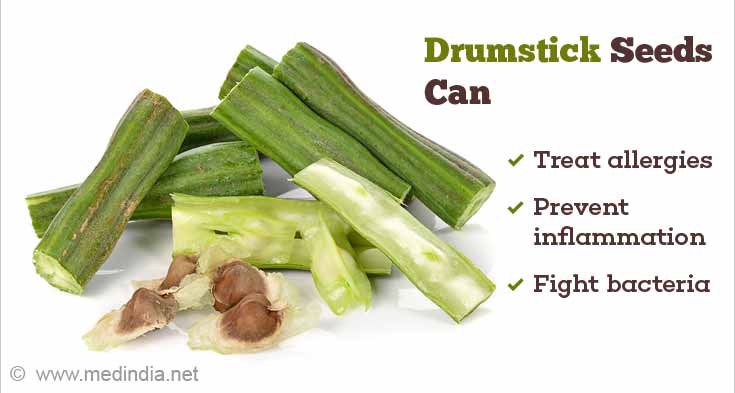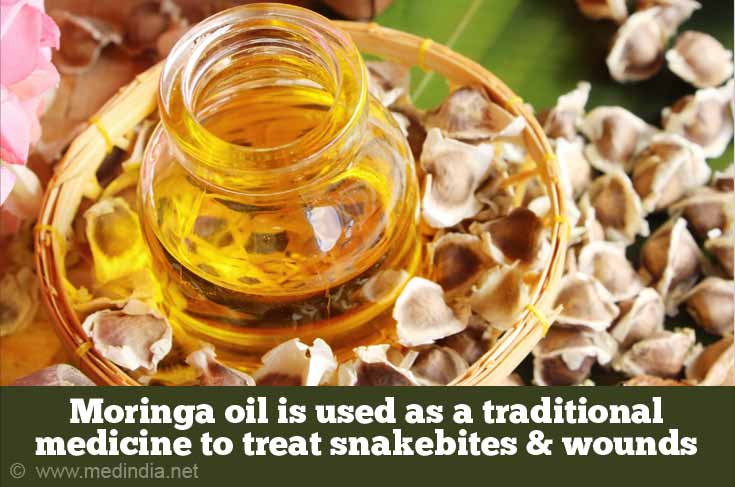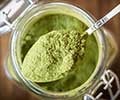- Possible Role of Moringa oleifera Lam. Root in Epithelial Ovarian Cancer - (https://www.ncbi.nlm.nih.gov/pmc/articles/PMC1924986/)
- Management of Social Transformations (MOST) Programme - (http://www.unesco.org/new/en/social-and-human-sciences/themes/most-programme/)
Moringa: The Miracle Tree
‘Virtually all of the hungry, many of the overweight, and others of normal weight are debilitated by a deficiency of essential vitamins and minerals.’ – World Health OrganizationThe solution to this problem may actually lie with
Moringa oleifera is the scientific name for the popular drumstick tree (Hindi - saijna, Tamil – murungai), grown in almost all tropical and sub-tropical regions. This fast-growing, drought-resistant tree is native to southern foothills of the Himalayas in northwestern India. Cultivation of this tree in India dates back to thousands of years.
The tree grows rapidly even in poor soils. It is well adapted to droughts, and is able to reach up to 15 m in height. The flowers and fruits appear only twice every year, and seeds or stem cuttings are used to propagate the tree.
All parts of Moringa are used in some form or the other: its leaves, immature pods (drumstick), seeds and flowers, and oil pressed from mature seeds. For example, flowers of M. oleifera are rich in calcium, potassium and antioxidants, and are used in various dishes.
- Leaves are an excellent source of protein with 100 g of fresh raw leaves providing 9.8g of protein.
- Fresh pods and seeds are a good source of a mono-unsaturated fatty acid, oleic acid.
- The seeds are used to treat allergies, inflammation, bacteria, neuralgia, abdominal tumors, and fever.

- This multipurpose tree is one of those plants that are compatible with sustainable agriculture.
- Moringa is used as forage for livestock.
- The tree parts are used as adjuvant (agent that enhances the immune response to an antigen) in modern medicine.
- Many parts and extracts of M. oleifera,including root bark, are used for treating various ailments such as diabetes, hypertension, inflammation and infectious diseases.
- In traditional medicine it is used as anthelmintic, and also for treatment of diabetes, cardiovascular disease, ulcers, and gastrointestinal problems.
- The plant is used as an aphrodisiac to stimulate sex drive.
- Moringa leaf can increase breast milk production in the early period after childbirth.
- Moringa oil is used in traditional medicine in treating snakebites or wounds. It is also used in hair care products and also as machine lubricants.

- The seed cake left after oil extraction is used as fertilizer.
- 4 times the vitamin A of carrots
- 7 times the vitamin C of oranges
- 4 times the calcium of milk
- 3 times the potassium of bananas
- 2 times the protein of yogurt
Thus, Moringa oleifera provides a variety of vitamins, minerals and protein amino acids with significantly less fat, less carbohydrate and fewer calories. Given its health and other benefits, Moringa is no wonder called the Tree of Life.









